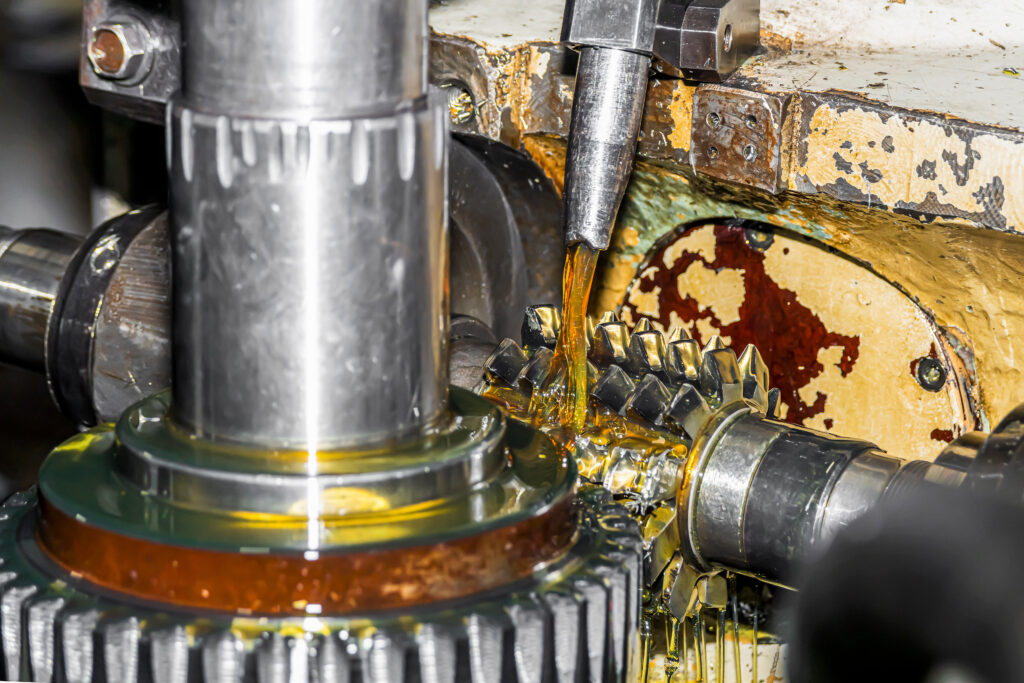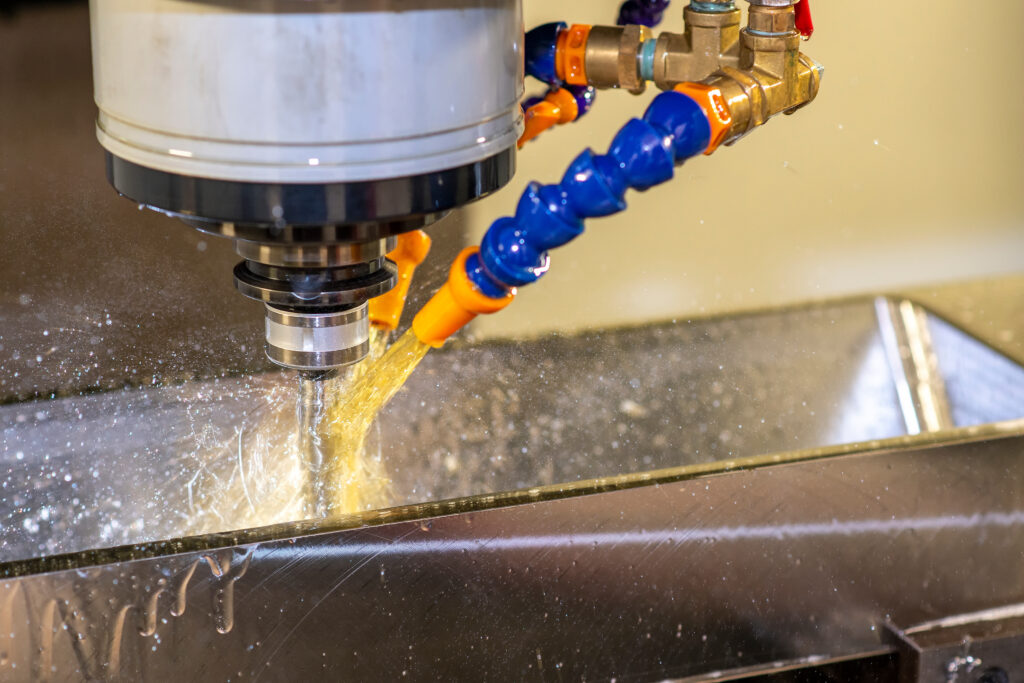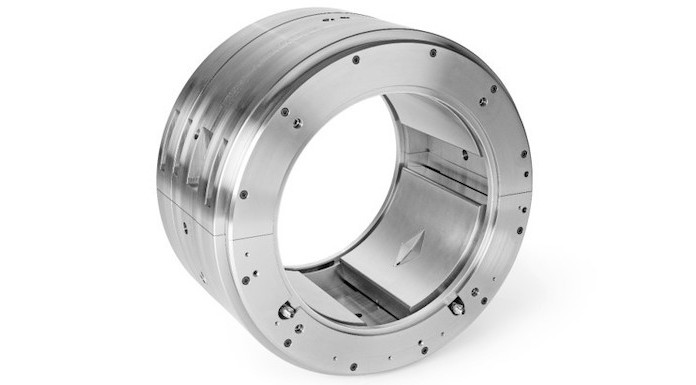Tribology Explained: Lubrication Regimes

Lubrication regimes refer to the nature of the lubricant film formed under certain operating conditions, which varies based on how much the surfaces in contact touch each other. While that sounds very technical, lubrication regimes are a lot like choosing the right footwear for different activities and specific conditions.
Just as you’d pick running shoes for a jog, hiking boots for a mountain trail, or ice skates for a rink, machines need the right kind of lubrication for different operations.
Some situations call for a thin layer, akin to a pair of socks on a smooth floor, while others need something more robust, like hiking boots. Understanding these regimes is key to making sure that machines run smoothly, just as the right shoes keep you moving comfortably and efficiently.
Boundary Lubrication:

- Mechanics: In this regime, the lubricating film is typically only a few molecules thick. The lubricant’s effectiveness is more dependent on its chemical composition than its viscosity.
- Implications: This regime is vital in preventing excessive wear during instances like start-up, shutdown, or when other lubrication forms are ineffective.
- Applications: Especially crucial in conditions of start-up, slow speeds, or heavy loads, where full-film lubrication is not achievable.
In the context of choosing the right shoe for the right activity, imagine walking on a rocky, uneven trail wearing thin-soled shoes. The shoes only provide minimal cushioning, so you can feel the rough terrain under your feet. This is like boundary lubrication, where the lubricating film is very thin, and the surfaces (like your feet and the ground) are in close contact, offering minimal protection.
Mixed Lubrication:

- Mechanics: Mixed lubrication features characteristics of both boundary and hydrodynamic lubrication. The proportion of load supported by the lubricant film versus direct asperity contact changes dynamically based on load, speed, and lubricant viscosity.
- Implications: Optimising mixed lubrication is key for enhancing machinery efficiency and longevity, as it often occurs in varying operational conditions.
- Applications: Predominantly found in scenarios with fluctuating load and speed, where neither boundary nor full hydrodynamic lubrication solely prevails.
Think of mixed lubrication like wearing hybrid shoes, like a cross between hiking boots and running shoes, on a path that shifts between smooth and rocky surfaces. At some points, the thicker sole (the lubricating film) protects your feet (the machine parts), while at other times, you feel the ground directly underfoot.
Hydrodynamic Lubrication:

- Mechanics: Here, the lubricant film is entirely fluid, with thickness varying with velocity, load, and viscosity. The lubricant behaves like a fluid wedge, creating a separating film between moving surfaces.
- Implications: Essential for high-speed applications to minimise wear and heat generation, but less effective at lower speeds.
- Applications: Common in high-speed, low-load scenarios such as in journal bearings or tilting pad thrust bearings.
This is like gliding over a smooth, flat surface on rollerblades. The wheels (lubricant film) completely lift you off the ground (the machine surfaces), allowing for smooth, unimpeded motion with minimal friction.
Elastohydrodynamic Lubrication (EHD):

- Mechanics: In EHD, significant elastic deformation of surfaces occurs due to high pressure within the lubricant film. The lubricant and surface materials exhibit elastic properties under this high pressure.
- Implications: EHD lubrication is critical for accommodating high loads while ensuring a robust lubricant film to prevent surface damage.
- Applications: Frequently employed in high load and high-speed situations, such as in gear contacts or rolling-element bearings.
Elastohydrodynamic Lubrication is the intriguing, odd-one-out, fourth type of lubrication regimes. Unlike the other three, elastohydrodynamic lubrication includes the deformation of the surfaces themselves! A good example here is running on a pool of non-Newtonian fluid like a corn-starch and water mixture. Here, the fluid behaves like a solid under sudden pressure, just like how EHD lubrication thickens and becomes more robust under high load and speed in machinery. This prevents the sinking (or direct surface contact) in both cases.
Whether it’s the light protection of boundary lubrication or the strong support of elastohydrodynamic lubrication, each lubrication regime has its special role in keeping machines running smoothly. It’s all about matching the right kind of “shoe” to what the machine is doing, making sure it works well and lasts longer. Just like the right shoes make your walk or run easier, the right lubrication keeps machines happy and healthy.
To stay updated with the newest industry insights through our articles and news, click here!
